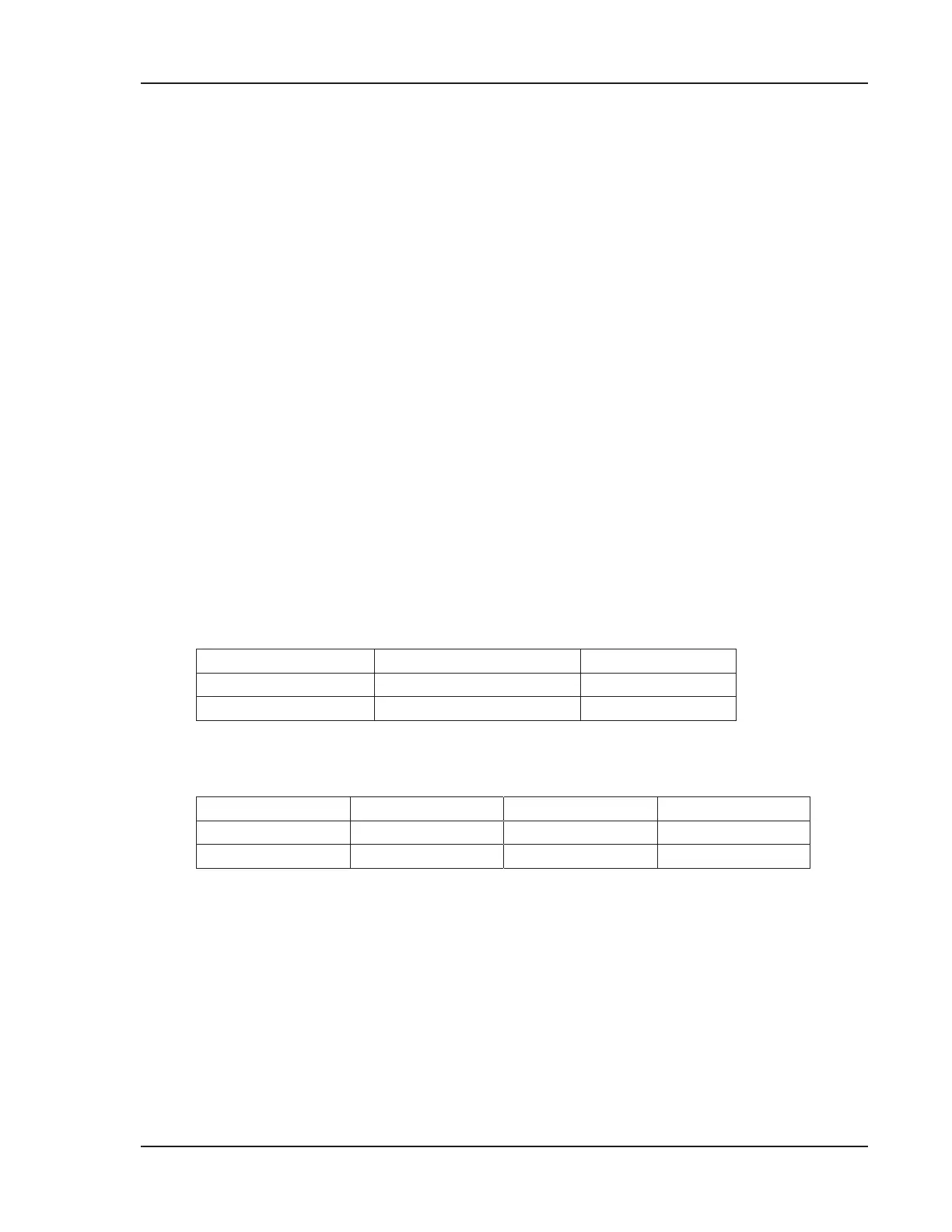Operator’s Manual – OPTI CCA-TS2 PCO2-1
ANALYTES PCO
2
PCO
2
Clinical Signicance
1
The PCO
2
value of arterial blood is used to assess how well the body eliminates carbon dioxide, a
by-product of metabolism. A PCO
2
value below the normal range is termed respiratory alkalosis and
indicates hypocapnia, a condition caused by increased alveolar ventilation such as hyperventilation.
An arterial PCO
2
above the normal range is termed respiratory acidosis and indicates hypercapnia, a sign
of ventilatory hypoventilation and failure, resulting from cardiac arrest, chronic obstructive lung disease,
drug overdose, or chronic metabolic acid-base disturbances.
Measurement Principle
The PCO
2
optode measurement principle is based upon placing a pH optode behind an ion-impermeable
membrane
2
, just as conventional PCO
2
blood gas electrodes employ the Severinghaus CO
2
electrode
construction. As such, PCO
2
optodes may suffer interference from volatile acids and bases in blood, just
as conventional PCO
2
electrodes.
The PCO
2
partial pressure is inuenced by the local barometric pressure, as dictated by Dalton’s law.
The OPTI CCA-TS2 incorporates a pressure transducer, which accurately tracks the local barometric
pressure and automatically compensates for it. The OPTI CCA-TS2 has been factory-calibrated to the
absolute barometric pressure.
Measurement Range
Range Resolution (Low/High) Units
10 to 200 1/0.1 mmHg
1.33 to 26.66 0.1/0.01 kPa
Standard Reference Cassette (SRC) Limit Values
LOW NORMAL HIGH Units
70.0 ± 2.0 40.0 ± 2.0 20.0 ± 2.0 mmHg
9.33 ± 0.27 5.33 ± 0.27 2.67 ± 0.27 kPa
Interferences
Interference testing was done on the OPTI CCA platform, with a standard OPTI style pCO
2
sensor.
No changes were made to the sensor or the measurement principle, so the interference of the OPTI CCA-
TS2 is equivalent to the OPTI CCA.
Only clear, uncolored quality control materials, such as OPTI CHECK or OPTI CHECK PLUS brand
aqueous controls should be used with the OPTI CCA-TS2 system. Colored materials, including
prociency testing materials, may interfere with the pCO
2
measurement, or fail to be properly aspirated.
